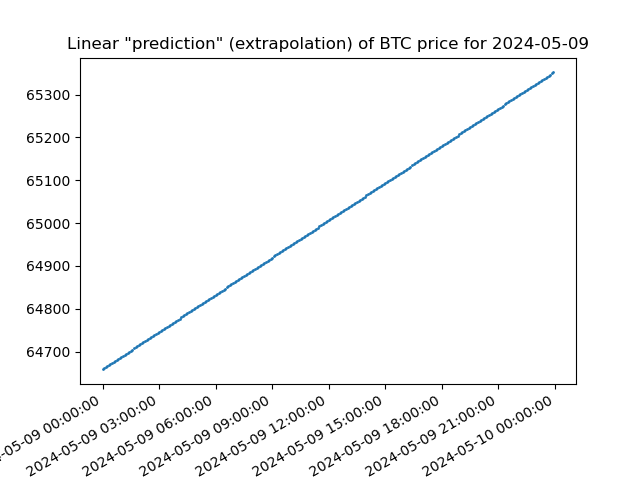

We can be more precise, but doing so typically requires a calculator (it is possible to do this by hand, though extremely tedious). Once we know the end behavior of the polynomial and where it crosses the x and y axes, we can sketch in what the graph of the polynomial should look like. The standard form of a polynomial is not particularly useful when it comes to graphing, so for that reason we want to factor it to identify the real zeros (x-intercepts). Even degree polynomials with negative leading coefficients open downwards.įor any polynomial given to us, we can systematically determine the end behavior (by analyzing the degree and the leading coefficient), the y-intercept, and x-intercept(s) (which usually requires some sort of factoring). Even degree polynomials with positive leading coefficients open upwards, meaning both ends go up, just like y=x^2. Odd degree polynomials with negative leading coefficients go from the top left to the bottom right (like y=-x). All odd degree polynomials with positive leading coefficients start in the bottom left of the graph and progress towards the top right, just like y=x (an odd degree polynomial with a positive leading coefficient). Odd degree polynomials have opposite behavior at their two ends, while even degree polynomials have the same behavior at both ends. Since we can't actually plug in a value of infinity for x, limit notation is how we indicate what is happening at the ends of a function. For this class, however, we are focusing on using limit notation for end behavior, or x values of positive and negative infinity (what's happening at the end.). By comparing those behaviors, we can make important conclusions about the function itself. Alternatively, we can think about what is happening to the function as x approaches a value of 2 (from either side of the 2). If we wanted to know what was happening to the function f(x) when x was 2, we would just evaluate the function by plugging in 2 for x. We can use limit notation to talk about the how a function behaves as it approaches a certain value. Limit notation is something that is integral to calculus, and yet is a pretty simple idea. The standard way we will describe end behavior is Limit Notation. End behavior describes where those arrows are going. When we draw graphs, we typically draw arrows on either end of the curve to indicate that it keeps going on in the manner shown.

The end behavior, simply put, is what is happening on either end of the polynomial. By examining the degree of the polynomial and the sign (positive/negative) of the leading coefficient (the coefficient of the term of the highest degree), we can immediately determine what is called the "end behavior" of the polynomial. Beyond just factoring polynomials, we also need to be able to extract important information from them just by looking at them. We are building towards the ultimate goal, which you'll have ideally mastered by the end of the week, of being able to graph most any polynomial function.
#Polynomial graph how to#
We hope that our article on cubic polynomials was useful for you.Up until now the primary skill we've developed with polynomials is how to factor them. (i) Monomial: A polynomial having only one term is called a monomial.Įxamples of monomials are \(5,\,2x,\,3+7 x+1\) is a cubic polynomial.

Learn All the Concepts on Polynomials Types of Polynomials Based on the Number of Terms


 0 kommentar(er)
0 kommentar(er)
